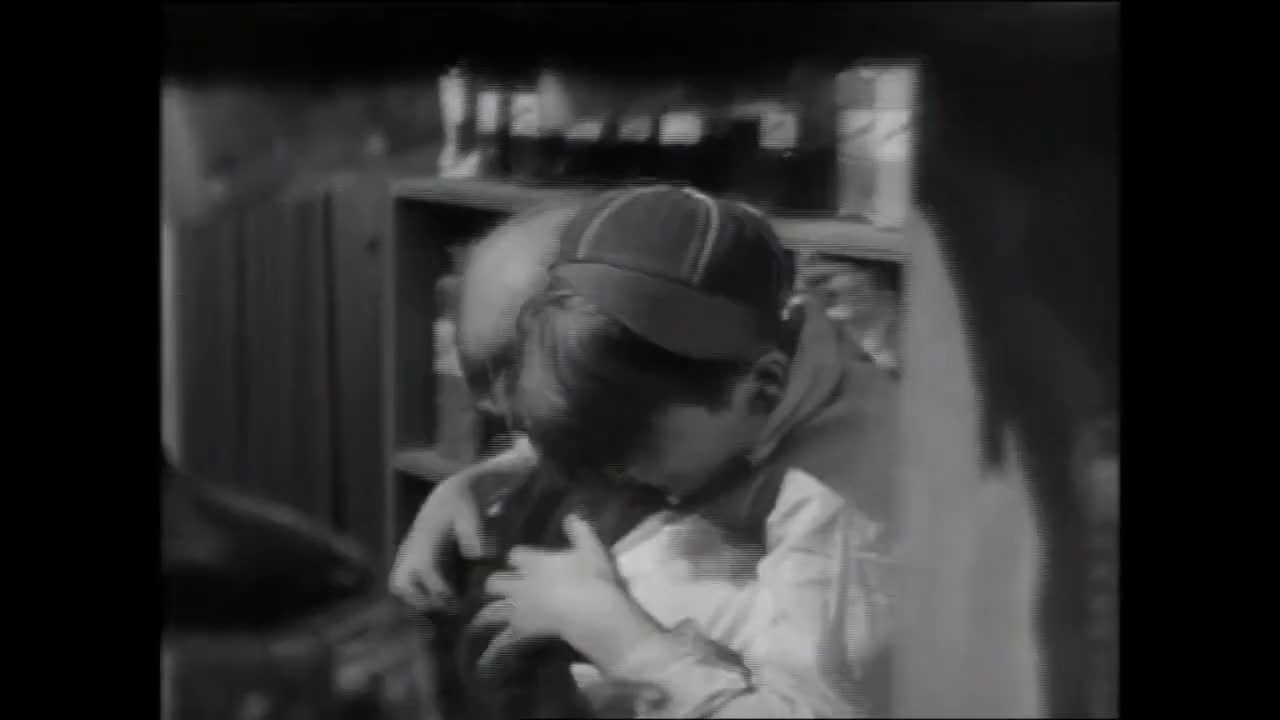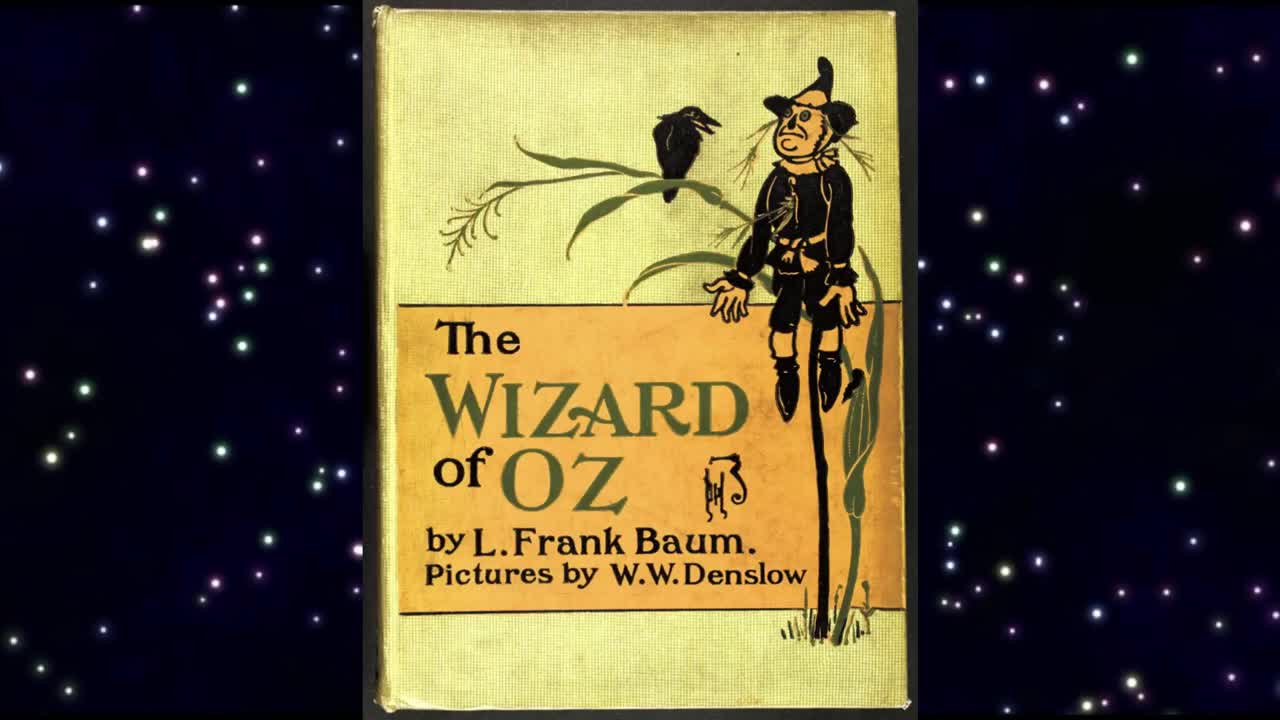Week 10 Lit Terms- Idiom, Symbolism, Motif
High School / Fine Arts / Film
This week’s lit terms: Idiom, symbolism, and motif Idioms are terms or phrases that require cultural context to understand. They are expressions that don’t make any sense if applied literally, and therefore they don’t make much sense to non-native speakers of the language. Because of this confusion, these are generally considered non-standard applications, but can still be very effective, if the audience for whom the message is intended consists exclusively of those from the culture to whom the idiom applies. For example, the term “kick the bucket” is recognized by most native English speakers to refer to death. However, if a man born in France, who speaks English as a second language, hears that someone “kicked the bucket” he is more likely to interpret that as one’s foot literally striking a pale. Without the cultural background, he is less likely to understand what the native speakers are referring to when using such a phrase. English is not the only language with idioms. There are thousands of examples to consider, especially since their applications can limit the size of the audience that understands your words. Symbolism occurs when things in writing or elsewhere represent concepts greater than themselves. Basic symbols include things that are commonly associated with that which they represent, such as flags or logos. It’s known that the bald eagle is a symbol of freedom in the Unites States, that the Cross represents Christianity, and that certain signs indicate information to viewers without relying on words. Symbolism in literature can be more subtle than a visual representation. It’s up to the reader to consider what the author may be including for what reasons. If a character is described frequently as wearing a certain color, or carrying a certain item, there’s a strong chance that it’s done on purpose, to represent something else. If a symbol is found throughout a story, film, or series, it is technically considered a motif. Motifs could be objects, colors, phrases, or almost anything else that is noticeably recurring in a work of art.

























